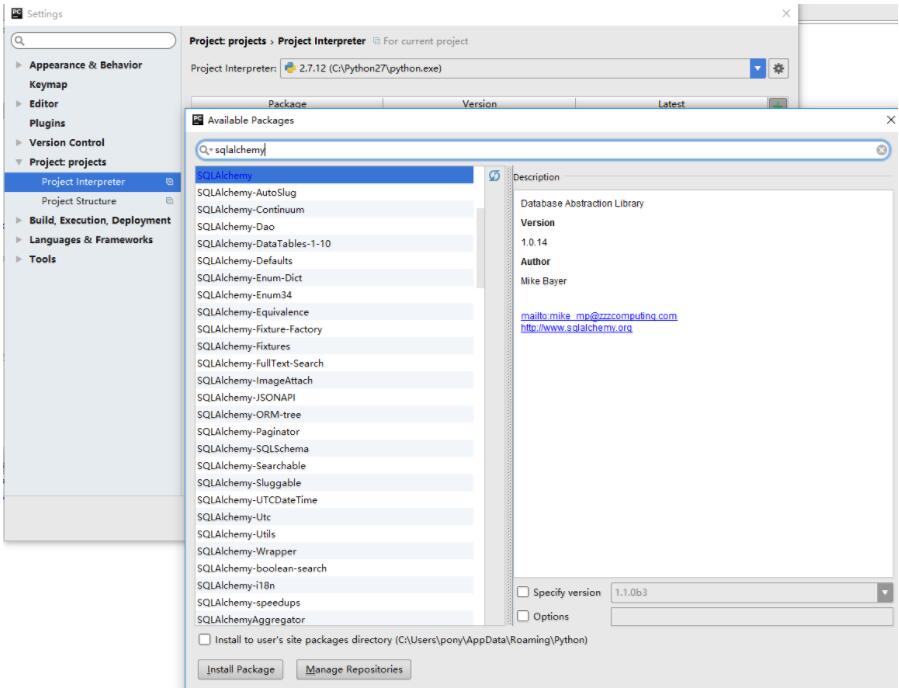Flask之请求钩子的实现
请求钩子
通过装饰器为一个模块添加请求钩子, 对当前模块的请求进行额外的处理. 比如权限验证.
说白了,就是在执行视图函数前后你可以进行一些处理,Flask使用装饰器为我们提供了注册通用函数的功能。
1、before_first_request:在处理第一个请求前执行
before_first_request
在对应用程序实例的第一个请求之前注册要运行的函数, 只会执行一次
#: A lists of functions that should be called at the beginning of the
#: first request to this instance. To register a function here, use
#: the :meth:`before_first_request` decorator.
#:
#: .. versionadded:: 0.8
self.before_first_request_funcs = []
@setupmethod
def before_first_request(self, f):
"""Registers a function to be run before the first request to this
instance of the application.
.. versionadded:: 0.8
"""
self.before_first_request_funcs.append(f)
将要运行的函数存放到before_first_request_funcs 属性中进行保存
2、before_request:在每次请求前执行
在每个请求之前注册一个要运行的函数, 每一次请求都会执行
#: A dictionary with lists of functions that should be called at the
#: beginning of the request. The key of the dictionary is the name of
#: the blueprint this function is active for, `None` for all requests.
#: This can for example be used to open database connections or
#: getting hold of the currently logged in user. To register a
#: function here, use the :meth:`before_request` decorator.
self.before_request_funcs = {}
@setupmethod
def before_request(self, f):
"""Registers a function to run before each request."""
self.before_request_funcs.setdefault(None, []).append(f)
return f
将要运行的函数存放在字典中, None 为键的列表中存放的是整个应用的所有请求都要运行的函数.
3、after_request:每次请求之后调用,前提是没有未处理的异常抛出
在每个请求之后注册一个要运行的函数, 每次请求都会执行. 需要接收一个 Response 类的对象作为参数 并返回一个新的Response 对象 或者 直接返回接受到的Response 对象
#: A dictionary with lists of functions that should be called after
#: each request. The key of the dictionary is the name of the blueprint
#: this function is active for, `None` for all requests. This can for
#: example be used to open database connections or getting hold of the
#: currently logged in user. To register a function here, use the
#: :meth:`after_request` decorator.
self.after_request_funcs = {}
@setupmethod
def after_request(self, f):
"""Register a function to be run after each request. Your function
must take one parameter, a :attr:`response_class` object and return
a new response object or the same (see :meth:`process_response`).
As of Flask 0.7 this function might not be executed at the end of the
request in case an unhandled exception occurred.
"""
self.after_request_funcs.setdefault(None, []).append(f)
return f
4、teardown_request:每次请求之后调用,即使有未处理的异常抛出
注册一个函数在每个请求的末尾运行,不管是否有异常, 每次请求的最后都会执行.
#: A dictionary with lists of functions that are called after
#: each request, even if an exception has occurred. The key of the
#: dictionary is the name of the blueprint this function is active for,
#: `None` for all requests. These functions are not allowed to modify
#: the request, and their return values are ignored. If an exception
#: occurred while processing the request, it gets passed to each
#: teardown_request function. To register a function here, use the
#: :meth:`teardown_request` decorator.
#:
#: .. versionadded:: 0.7
self.teardown_request_funcs = {}
@setupmethod
def teardown_request(self, f):
"""Register a function to be run at the end of each request,
regardless of whether there was an exception or not. These functions
are executed when the request context is popped, even if not an
actual request was performed.
"""
self.teardown_request_funcs.setdefault(None, []).append(f)
return f
将要运行的函数存放在字典中, None 为键的列表中存放的是整个应用的所有请求都要运行的函数.
from flask import Flask
app = Flask(__name__)
@app.before_first_request
def before_first_request():
print('before_first_request')
@app.before_request
def before_request():
print('before_request')
@app.after_request
def after_request(resp):
print('after_request')
return resp
@app.teardown_request
def teardown_request(e):
print('teardown_request')
@app.route("/")
def view_fn():
return "view_fn"
if __name__ == "__main__":
app.run()
第一次请求:
页面输出:view_fn
控制台输出: before_first_request
before_request
after_request
teardown_request
第二次请求:
页面输出:view_fn
控制台输出: before_request
after_request
teardown_request
以上就是本文的全部内容,希望对大家的学习有所帮助,也希望大家多多支持【听图阁-专注于Python设计】。


